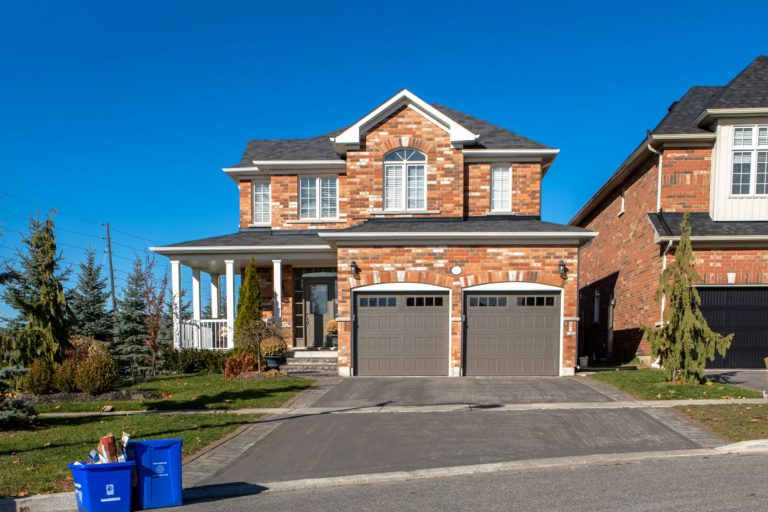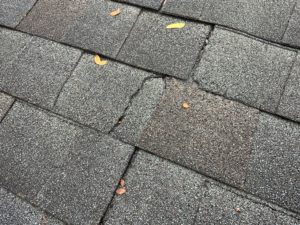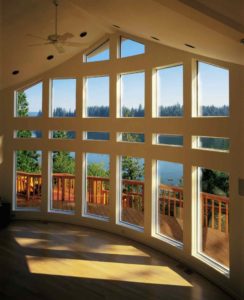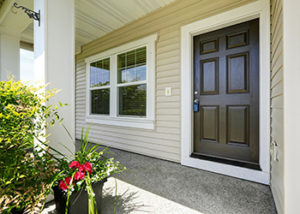A concrete driveway is a strong, durable choice for many homeowners. It can handle heavy loads, resist wear and tear, and last for many years with the right care. However, not all driveways are created equal. The durability and lifespan of your concrete driveway depend on several factors, including the materials used, the installation process, and ongoing maintenance.
Choosing the right materials is the first step to ensuring a long-lasting driveway. High-quality concrete, proper aggregates, and additives can significantly improve the performance of your driveway. Knowing what to look for is essential to making informed decisions.
Next, a proper installation is crucial. Each step needs attention to detail, from preparing the ground to pouring and curing the concrete. Mistakes during this phase can lead to cracks, uneven surfaces, and other issues that shorten the lifespan of your driveway.
Lastly, maintaining your concrete driveway is key to its longevity. Simple practices like sealing, cleaning, and repairing minor damages can go a long way. Knowing what to do can save you time and money in the long run.
In this article, we will explore essential tips and steps for building and maintaining a durable concrete driveway. Whether you’re planning a new installation or want to improve an existing one, this guide will provide valuable insights.
Choosing the Right Materials for Your Concrete Driveway
Selecting the right materials for your concrete driveway is essential for durability. Start with high-quality concrete mix. You need a mix that has the right ratio of cement, water, and aggregates. Look for a mix that contains at least 3,000 psi (pounds per square inch) strength. This ensures the concrete can handle everyday wear and tear.
Next, choose the right aggregates. Aggregates are materials like sand, gravel, or crushed stone that are mixed with cement to form concrete. Using clean, hard aggregates enhances the strength and durability of the concrete. Avoid using materials with dirt, organic matter, or other impurities, as these can weaken the mix.
Additives can also improve the performance of your concrete. For example, air entrainment additives create tiny air bubbles in the concrete, which help it withstand freeze-thaw cycles. Water reducers improve the workability of your concrete without adding extra water, making it stronger. Consult with a professional to determine the best additives for your project.
Essential Steps for Proper Driveway Installation
Proper installation is crucial for building a durable concrete driveway. Begin with site preparation. Clear the area of any vegetation, debris, or rocks. Ensure the ground is level and compacted to provide a stable base for your driveway.
Next, set up the formwork. Formwork involves creating a mold out of wood or metal to shape the concrete. It’s essential to secure the formwork properly to avoid any shifting during the pour. The edges should be straight and at the correct height to achieve an even surface.
Pouring the concrete is the next step. Start pouring at one end and work your way to the other. Use a shovel or concrete rake to distribute the concrete evenly within the formwork. Once poured, use a screed board to level the surface. Follow up with a bull float to smooth out the concrete and bring the cream, or paste, to the surface.
After leveling and smoothing, it’s time for the finishing touches. Use a trowel to create a smooth finish or add texture for better traction. Finally, allow the concrete to cure properly. Curing can take up to a week, during which you should keep the surface moist to prevent cracks.
Taking these essential steps during installation will ensure that your concrete driveway is both durable and long-lasting.
Tips for Maintaining a Long-Lasting Concrete Driveway
Maintaining your concrete driveway is key to ensuring it lasts for many years. Here are some simple tips to help you keep it in top shape.
1. Seal Your Driveway Regularly: Sealing your concrete driveway helps protect it from water, oil stains, and harsh weather. A high-quality sealer should be applied every 2-3 years to keep your driveway looking new and to prevent cracks and other damage.
2. Clean Spills Quickly: Remove oil, gasoline, and other spills as soon as possible. These chemicals can penetrate the concrete and cause stains or weaken the surface. Use a mild detergent and a stiff brush to scrub away any spills.
3. Avoid Deicing Chemicals: In winter, use sand instead of deicing chemicals to provide traction. Deicing chemicals can cause concrete to break down over time, leading to pits and cracks.
4. Fill Cracks Promptly: Even minor cracks should be filled promptly to prevent them from spreading. Use a concrete crack filler to seal small cracks and prevent water from getting inside and causing more damage.
5. Limit Heavy Loads: While concrete is strong, avoid parking very heavy vehicles on your driveway for long periods. Constant heavy weight can lead to sinking and cracking.
Following these tips will help you maintain a long-lasting and attractive concrete driveway, saving you money on costly repairs in the future.
Common Mistakes to Avoid When Building a Concrete Driveway
Knowing common mistakes can help you avoid problems when building a concrete driveway. Here’s a list of frequent errors and how to avoid them.
1. Poor Ground Preparation: Failing to properly prepare the ground can lead to a weak foundation. Always clear, level, and compact the soil before pouring concrete.
2. Wrong Mix of Concrete: Using the wrong concrete mix can compromise the strength of your driveway. Always opt for a mix with at least 3,000 psi for optimal durability.
3. Incorrect Formwork: Formwork that isn’t sturdy or straight can cause uneven surfaces and pooling water. Ensure your formwork is secure and properly aligned before pouring concrete.
4. Insufficient Curing Time: Rushing the curing process can lead to cracks and a weak surface. Allow your concrete to cure for at least a week, keeping it moist to prevent cracks.
5. Ignoring Water Drainage: Poor drainage can cause water to pool on your driveway, leading to erosion and cracks. Make sure your driveway is designed with proper slopes and drainage systems to channel water away.
Avoiding these common mistakes will help you build a concrete driveway that stands the test of time. Proper planning and attention to detail are crucial for a successful project.
Final Thoughts
Building a durable concrete driveway involves choosing the right materials, following proper installation steps, maintaining the surface, and avoiding common mistakes. By taking the time to invest in quality materials and careful construction, you can enjoy a strong, long-lasting driveway that adds value to your home.
At Lighthouse Exteriors, we specialize in concrete driveways and other exterior construction services. If you’re ready to build or improve your driveway, contact us today for expert assistance and ensure your project is done right.







